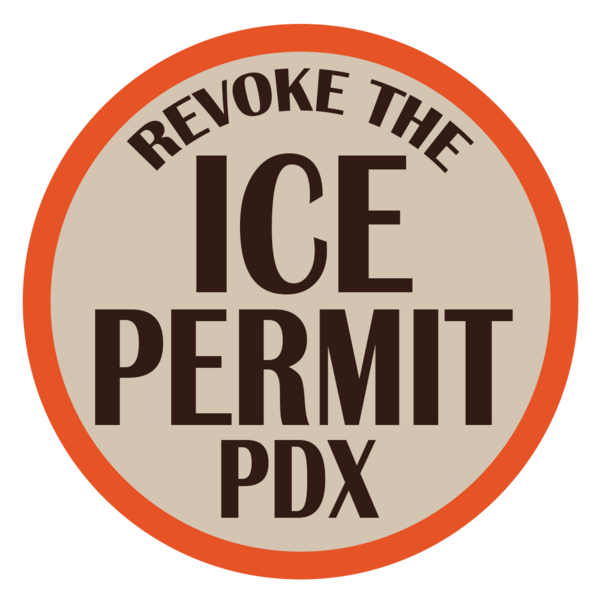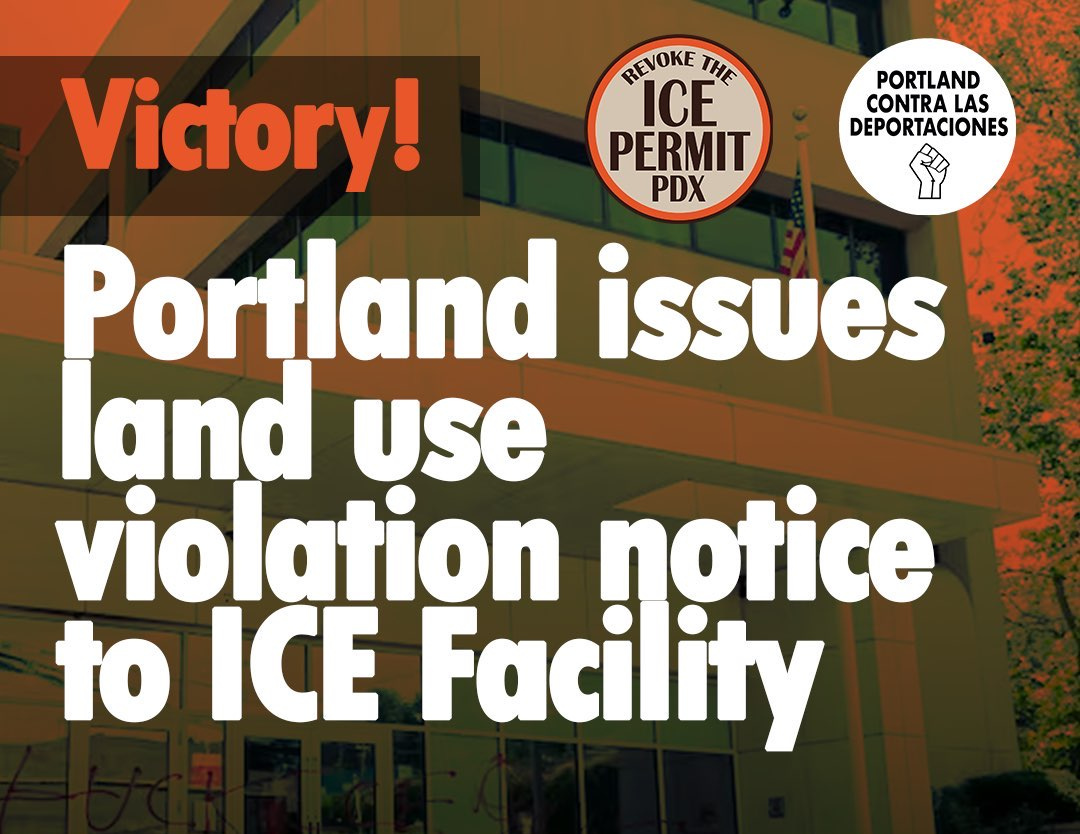The Hidden Cruelty of Progressive Cities: A Portland Case Study
At first glance, Portland prides itself on being one of the most progressive cities in America. Sanctuary city policies. Police reform initiatives. Climate action plans. Affordable housing goals. The national narrative paints Portland as a progressive beacon.
But when you look closer, the reality is much harder to swallow.
In many ways, Portland is less inclusive, and far more quietly brutal, than many of its conservative counterparts. Its exclusion is simply better camouflaged, wrapped in comforting rhetoric that allows residents to believe they’re on the right side of history.
Zoning: The Machinery of Gentle Exclusion
Portland’s single-family zoning system long served as a quiet tool of racial and class segregation, legally barring multi-family and affordable options from the majority of residential neighborhoods.
- Until 2020, 70% of Portland’s residential land was reserved for single-family homes, locking out lower-income and racially diverse families from many neighborhoods.
- The much-celebrated Residential Infill Project (RIP) modestly loosened these restrictions, but still faced aggressive opposition from neighborhood associations—many of whom framed their objections in terms of “preserving neighborhood character.”
- Even with RIP, the permitting process remains so complicated and expensive that actual affordable multi-family development has been extremely limited. Between 2021-2023, duplexes and triplexes accounted for a tiny fraction of new housing units.
- Meanwhile, wealthier enclaves like Eastmoreland and Laurelhurst remain effectively walled off through both zoning inertia and local resistance to change.
Progressive branding, exclusionary outcome.
Sanctuary City — But Only on Paper
Portland’s official designation as a sanctuary city masks the quiet complicity with federal enforcement activities operating within its borders.
- The ICE facility on Macadam Avenue operates under a city-issued conditional use permit. Despite years of community protests, gas exposure harming nearby schools like Cottonwood, and documented abuses, city officials have largely shrugged at their legal authority to revoke or modify the permit.
- In 2020 and 2021, Portland police repeatedly coordinated with federal agents during protests. Protestors opposing ICE actions were tear-gassed, surveilled, and arrested—while city leaders claimed helplessness due to “federal jurisdiction.”
- Publicly, officials declared support for immigrants. Privately, they protected ICE’s operational status and criminalized those attempting to resist.
Sanctuary in name, compliance in practice.
Policing: Reform Rhetoric vs. Reality
After the 2020 uprisings, Portland politicians spoke at length about police reform and racial justice. But the outcomes tell a different story.
- Qualified immunity remains intact; discipline for excessive force is rare.
- Portland Police Bureau’s (PPB) surveillance powers have been quietly rebuilt, including expanded use of body cams, license plate readers, and coordination with federal data sources.
- In May 2021, leaked reports showed PPB engaged in misleading and aggressive tactics against protestors, including unlawful detentions and fabricated justifications for use of force.
- Officers who fired “less-lethal munitions” on crowds at the ICE facility continue to serve with little consequence.
Progressive language shields regressive policing.
Environmental Justice Delayed
Portland’s environmental justice commitments often amount to endless process with minimal action.
- The Portland Harbor Superfund cleanup remains underfunded, slow, and weighted by corporate legal delays — despite clear evidence of disproportionate harm to communities of color along the Willamette.
- North Portland neighborhoods impacted by diesel freight corridors and industrial pollution see higher rates of asthma and cancer risk — but meaningful regulatory action remains stalled behind task forces and “stakeholder dialogue.”
- Residents have been documenting these health effects for over a decade, while city officials continue to host workshops rather than enforce stricter air quality standards.
Public health sacrificed to avoid conflict with industry donors.
Homelessness: Compassionate Language, Cruel Policies
Portland’s visible homelessness crisis exposes the gap between its compassionate rhetoric and its actual governance.
- The city’s camp sweeps displace vulnerable people almost weekly, often citing public safety concerns or neighborhood complaints.
- In 2022, Portland established “Safe Rest Villages”—a modest alternative housing program that served only a fraction of the unhoused population while allowing large sweeps to continue.
- Meanwhile, zoning restrictions, permitting delays, and developer cost concerns continue to suppress large-scale affordable housing construction.
- The end result: public relations wins for city leaders, but little systemic relief for unhoused residents trapped in cycles of displacement.
Compassion used as a public relations shield for inaction. And if any of this still feels abstract, look at what Portland’s leaders did just this month.
Public Spectacle vs. Public Need: The Stadium vs. Kindergarten
The most revealing moments are when leaders show us what they actually prioritize. Portland just offered one of the clearest examples yet.
On June 17, 2025, Oregon lawmakers swiftly approved up to $800 million in public bonds to help finance a proposed Major League Baseball stadium at South Waterfront. The bonds, structured around a “jock tax” on player salaries, were justified as risk-free and prestige-building, even though Portland has no MLB franchise committed (source).
The very next day, Governor Tina Kotek warned that the state could not afford to continue expanding early education programs like Preschool for All and universal kindergarten, arguing that tax burdens were pushing high-earners out of the state and threatening long-term revenue stability (source).
Consider the math:
- Universal kindergarten for 50,000 children statewide would likely cost in the range of $900 million annually.
- Even a scaled-down expansion serving just 20,000 children would cost approximately $370 million annually — less than half of what was instantly greenlit for the stadium.
In short: a baseball stadium with no guaranteed team received nearly instant financial backing. Expanded early education, with decades of proven social and economic benefit, was declared “unaffordable.”
What This Pattern Reveals
This is the same exclusionary mechanism that defines much of Portland’s governance:
- Public money flows easily when it serves private prestige, donor interests, or real estate development.
- Programs that serve children, working families, or marginalized communities face endless debate about sustainability and “fiscal responsibility.”
- Politicians talk about inclusion while quietly choosing to fund projects that benefit the privileged few.
The cruelty here is not accidental — it’s systemic. And worse, it’s carefully obscured beneath progressive rhetoric that allows many Portlanders to feel virtuous while injustice continues.
The Double-Speak of Power: Portland’s Uncomfortable Truth
While publicly performing their progressive values, Portland’s leaders quietly uphold policies that harm the very communities they claim to support. The exclusion is polite, procedural, and sanitized — but no less damaging than overt discrimination elsewhere.
True progressivism requires more than talking points. It demands a willingness to confront entrenched power, even when that power funds your campaigns or sits on your boards and commissions. Most are not ready for that fight.
The slogans are easy. The hard part is noticing who benefits, and who gets left behind. Start paying attention. Start asking the uncomfortable questions. The systems count on you not looking too closely.



